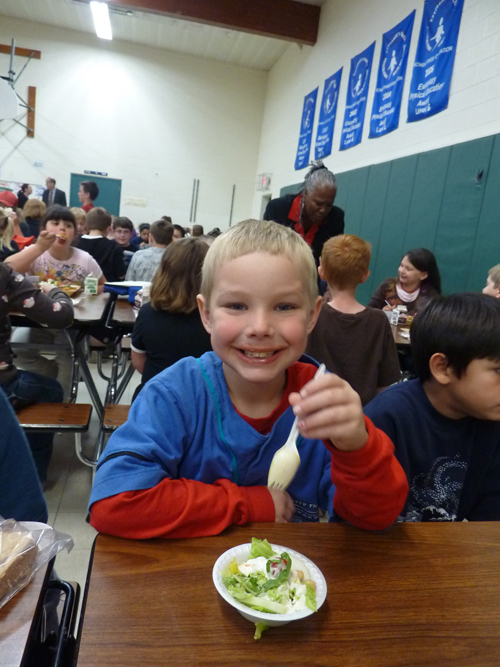By Phil Sammon
Birds do it. Bees do it. Even bats and small mammals do it. So it’s only natural that the Conservation Education Department of the USDA Forest Service worked with other conservation education partners to do it – pollinate!
On Wednesday, May 12, the Forest Service helped produce “PollinatorLIVE: A Distance Learning Adventure” from The Smithsonian’s National Zoo in Washington, D.C. to tell the story of pollinators in our world. Orchestrated by conservation education partner Prince William Network’s media production department, the live and interactive production was designed to reach teachers, educators and students through the live webcast and related web-based resources, projects, and backyard research ideas. This 2010 program follows onto the 2009 MonarchLIVE project that ultimately reached more than 200,000 students. It is estimated that the PollinatorLIVE production from the Smithsonian National Zoo reached between 50,000 and 75,000 students, educators, and community members, with an overall 2010 program goal to reach as many as 500,000.
The program kicked off at 11 a.m. with five related segments featuring a host of specialists, researchers, biologists and scientists. These knowledgeable guests explained and demonstrated different types of pollinators and their importance to our daily lives, and also took questions from the audiences joining in from their classrooms all across the country. One teacher linked to a local cable system in order to bring the program to her entire school.
“The whole production was fantastic – absolutely brilliant!” declared Dr. Safiya Samman, director for the Forest Service Conservation Education Department. She commented that the partners and their production crew did an exceptional job of conveying a wealth of information about the importance of pollinators to our world at a level aimed at younger students. “Partners are excited about continuing work and building relationships with the USDA.
“It was absolutely incredible!” declared Tamberly Conway, a Conservation Education Specialist from the National Forests and Grasslands in Texas, who worked on this project with the Washington Office staff. “We had wonderful rapport with the partners and their production staff, and great participation by so many others to pull this off. It was so much fun!”
Ben Swecker, Media Production Manager with Prince William County School District added, “We had an amazing group of experts in this live webcast who were extremely enthusiastic about studying insects and pollinators. That kind of passion really comes across to students. Classrooms from all over the country were sending in questions all day long. Students want to interact using the latest technology and these live distance learning adventures enable them to be a part of the program. “
The entire production was also taped, and will be available for viewing at the PollinatorLIVE website, http://pollinatorlive.pwnet.org/ after May 17. Teachers and educators can find a wealth of teaching and learning resources, curriculum support, and activities for a wide range of grades at the same site.
You can find out more about the Forest Service Conservation programs and activities at http://tinyurl.com/3xh87tg as well as specific Kids information at http://www.fs.fed.us/kids/

Production members and the on-air moderators and guests prepare for the kick-off of the five-segment live webcast of Pollinator LIVE from the Smithsonian’s national Zoo May 12.
<!– <rdf:Description rdf:about=”http://www.usda.gov/blog/usda/entry/h2_forest_service_highlights_the” trackback:ping=”http://www.usda.gov/blog/usda/entry/h2_forest_service_highlights_the” dc:title=”
Forest Service Highlights the Buzz on Pollinators
” dc:identifier=”http://www.usda.gov/blog/usda/entry/h2_forest_service_highlights_the” dc:subject=”USDA Web Site” dc:description=”
Forest Service Highlights the Buzz on Pollinators
” dc:creator=”USDAblogger” dc:date=”2010-05-17 10:17:15.0″ /> –>





